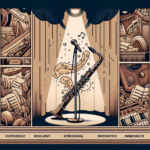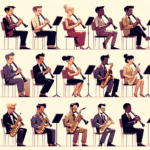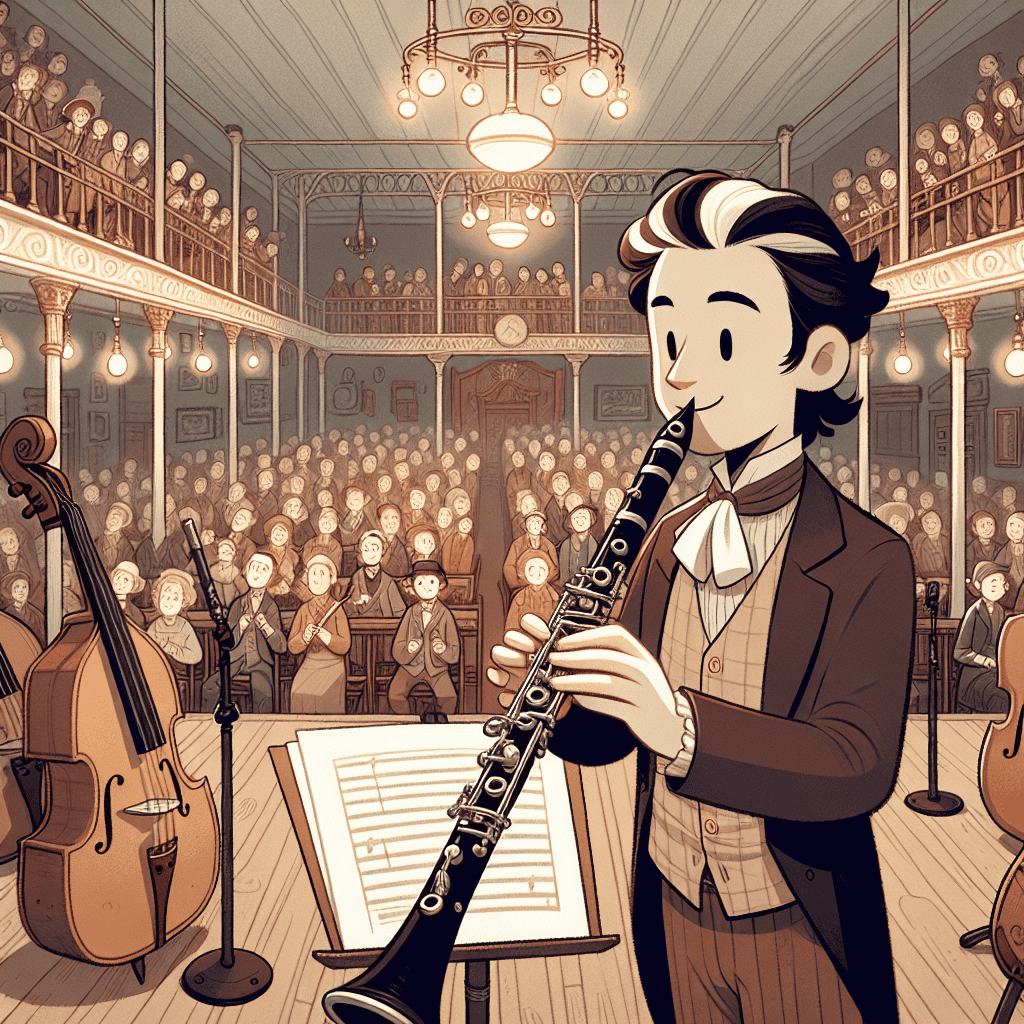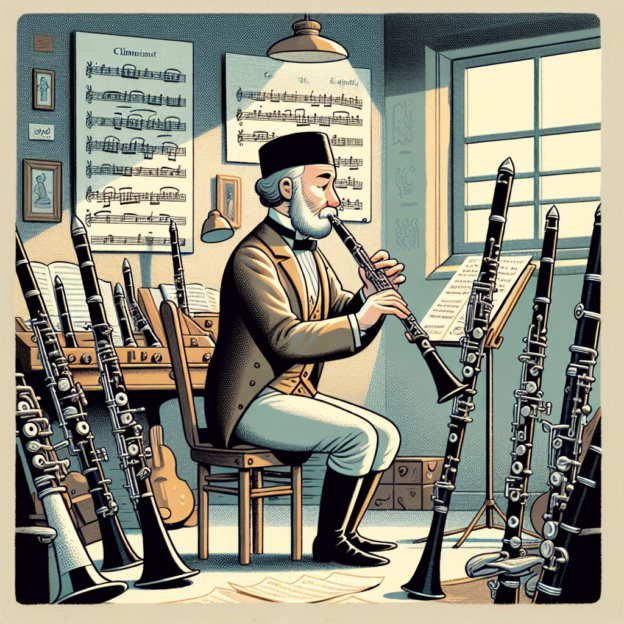Introduction to Historical Clarinet Articulation
Are you curious about how clarinetists manage their tricky articulation? The historical clarinet articulation methods hold fascinating stories and tips that can elevate any player's technique. Exploring the rich past of clarinet playing can significantly improve your sound and performance! Let's take a look at how clarinet articulation has evolved over time.
In the early days, clarinetists didn't have the advanced fingerings and techniques we use today. Articulation focused more on clear sound production rather than flashy techniques. Early musicians concentrated on producing clean notes and simple rhythms. Imagine the challenge they faced! Mastering the fundamental techniques was crucial. At this time, terminology wasn't standardized, which led to a wide variety of styles across different regions.
The Classical Era: A Time of Change
As we move into the Classical era, we witness significant changes in clarinet articulation. Composers began incorporating more complex musical phrases into their works, which required clarinetists to develop better articulation techniques. Players had to master consistent tonguing methods like legato and staccato. What's fascinating is how each musician developed their own unique style of articulation!
| Era | Articulation Focus | Key Techniques |
|---|---|---|
| Early Period | Clear sound production | Simple rhythms, clean notes |
| Classical Era | Consistent tonguing | Legato, staccato |
| Romantic Era | Expressiveness | Double tongue, rapid-fire sequences |
| Contemporary | Diverse styles | Traditional and innovative techniques |
The Romantic Era: Expressiveness Takes Center Stage
The Romantic era brought new excitement to clarinet articulation. As music became more expressive and emotional, clarinetists had to adapt their techniques. This period introduced multiple articulation methods, including the ‘double tongue' approach for quick passages. Players spent countless hours practicing rapid-fire sequences until they became second nature. It's like a workout for your tongue!
The Modern Era: A Fusion of Styles
In the 20th century and beyond, the world of clarinet articulation became incredibly diverse. We see a mix of traditional methods and innovative techniques influenced by various genres like jazz, folk, and pop music. Each style brings its own unique approach to articulation, encouraging exploration and creativity in sound. Despite these changes, the connection between musicians and their instruments remains strong. It's all about playing what feels right and expressing yourself authentically.
The Impact of Instrument Quality
The quality of the clarinet itself plays a significant role in how these articulation techniques sound. Brands like Martin Freres have a reputation for crafting instruments that respond well to different articulation methods. High-quality clarinets allow players to explore their interpretation and style more deeply. Remember, if your instrument sounds good, you'll feel more confident in your playing!
Modern Practices: Blending Old and New
Today's clarinet players often benefit from lessons that combine historical practices with modern techniques. Incorporating traditional articulation methods into your practice can enhance your interpretations and overall playing. This approach gives you a wider range of options when you're performing.
Tips for Exploring Historical Articulation Methods
If you're interested in exploring these historical methods in your own practice, consider the following tips:
- Listen to historical recordings: Find recordings of clarinetists from different eras and study their styles. Pay attention to the articulations they use and how it shapes the music.
- Experiment in your practice: Try different articulation methods in your warm-ups and pieces. You might discover a style that really works for you!
- Record yourself: This is an excellent way to evaluate how effectively you're using articulation. You might be surprised by what you hear in your recordings.
- Get to know your instrument: Understanding the unique qualities of your clarinet's sound can inspire new ideas for articulation!
Conclusion
The journey of clarinet articulation methods is rich and fascinating! By embracing this history in your practice, you can enhance your performance experience. Remember, whether you're just starting out or you're an experienced player, we're all part of the same musical community. Every note you play contributes to the ongoing story of clarinet music. Happy playing!







